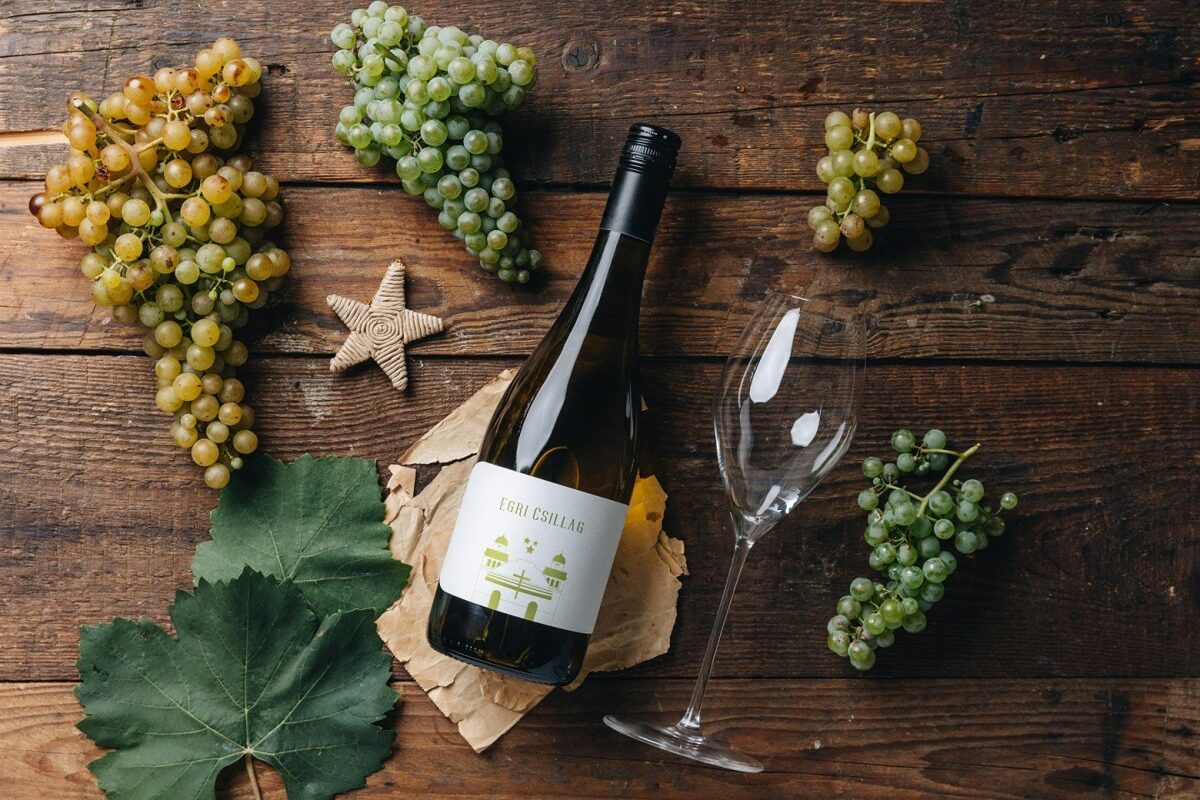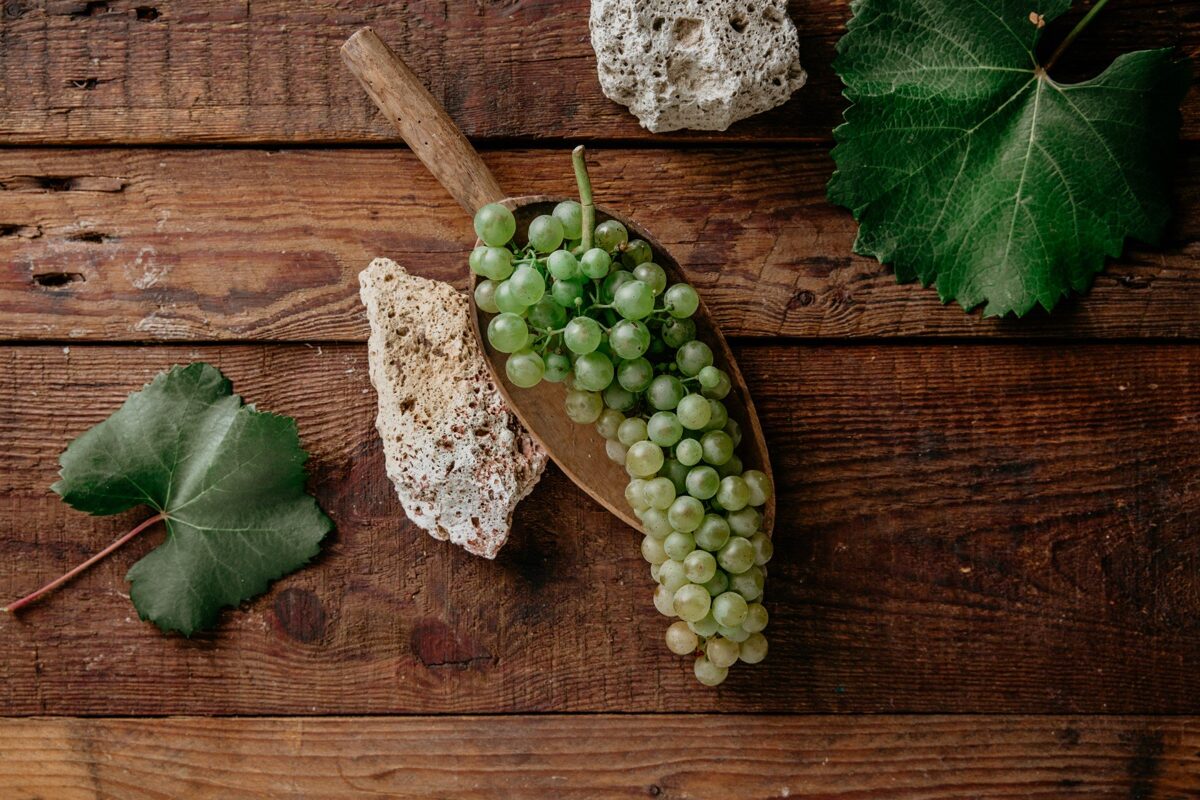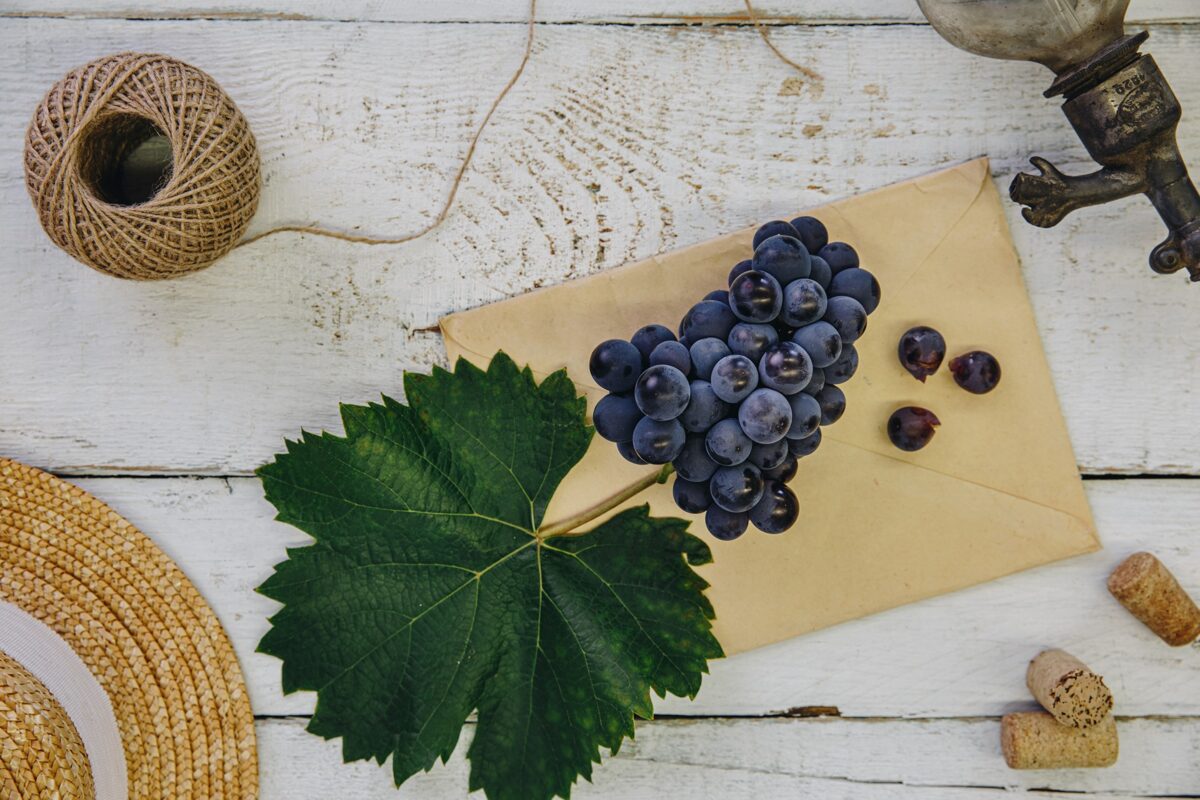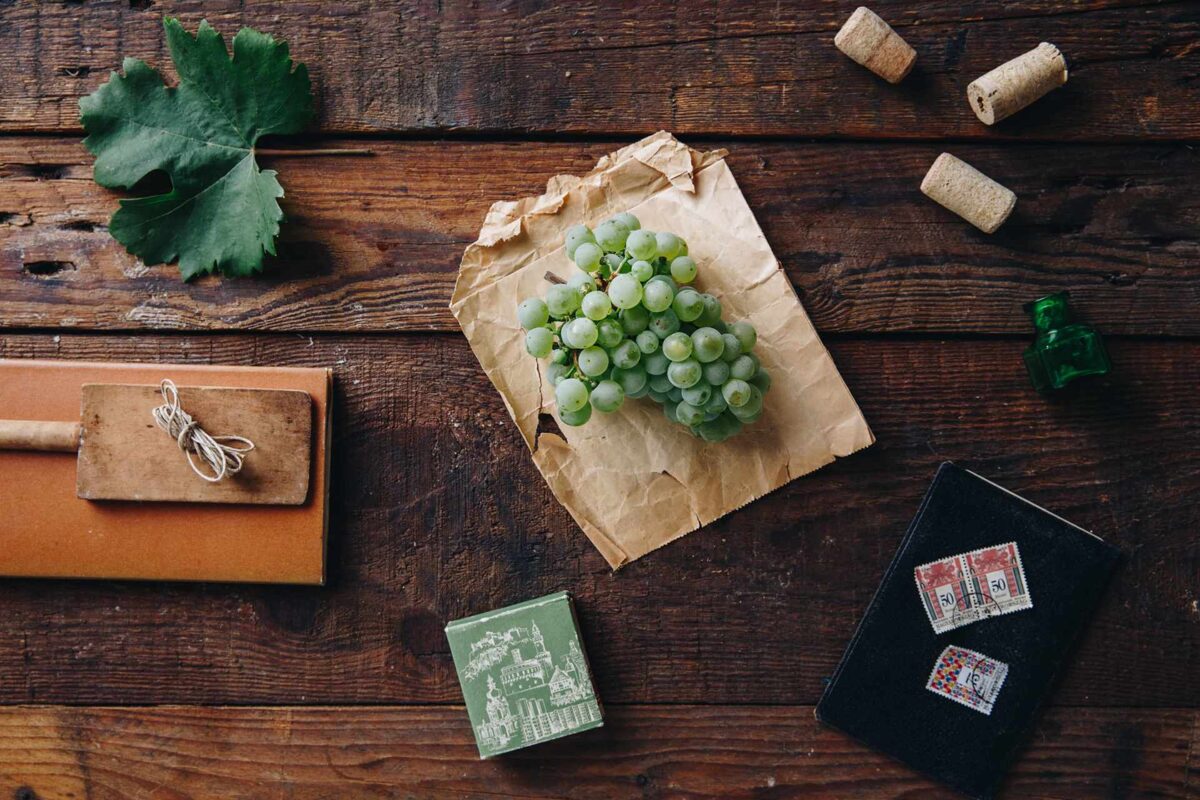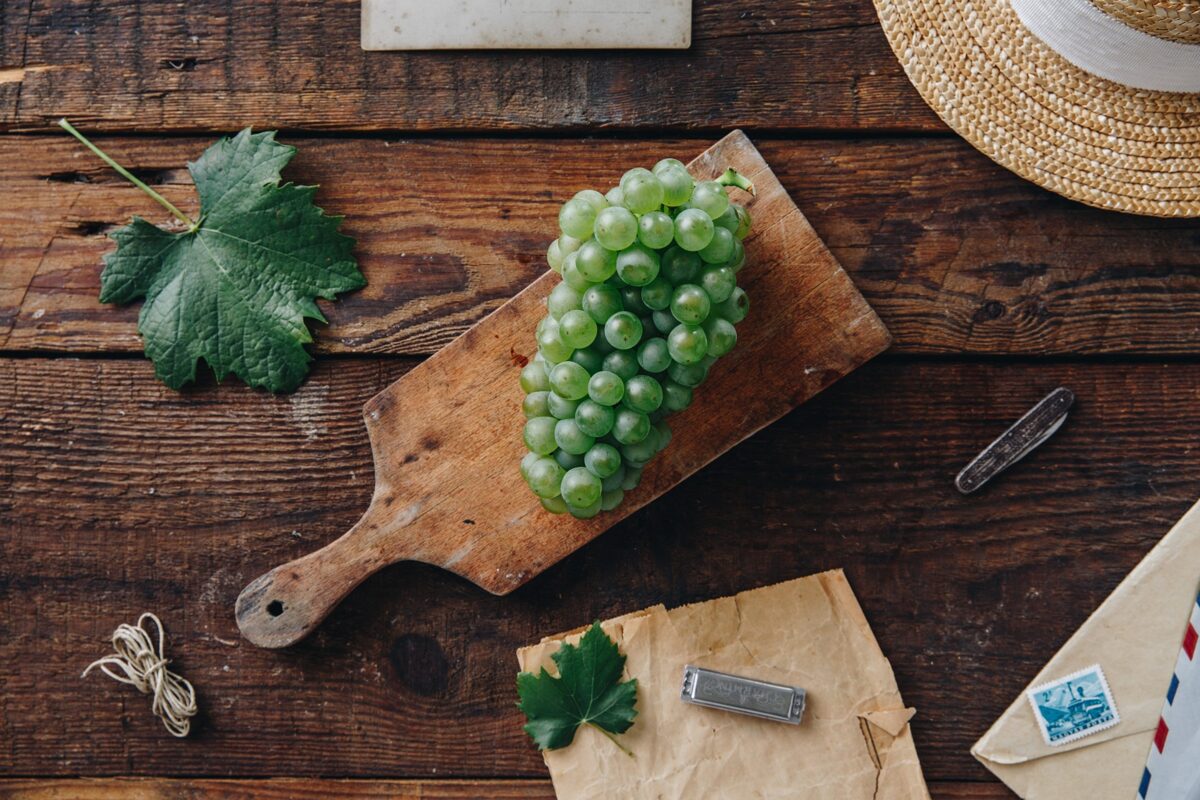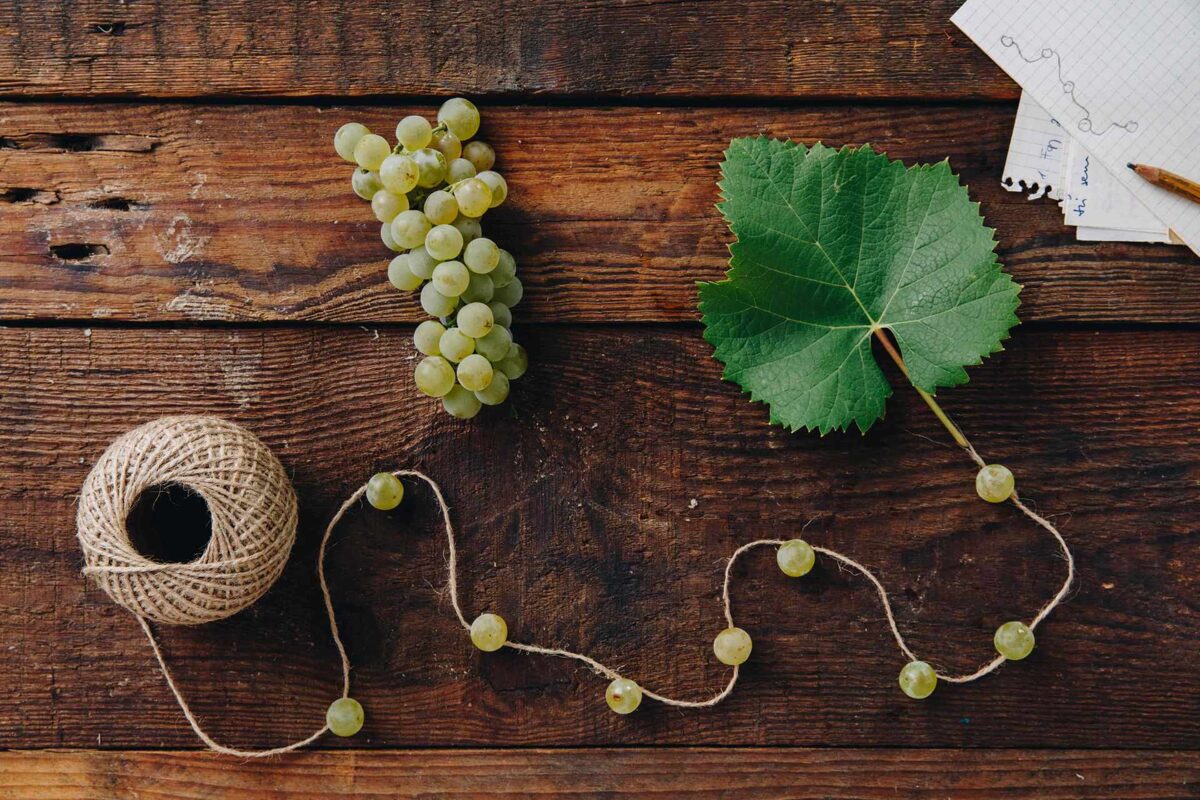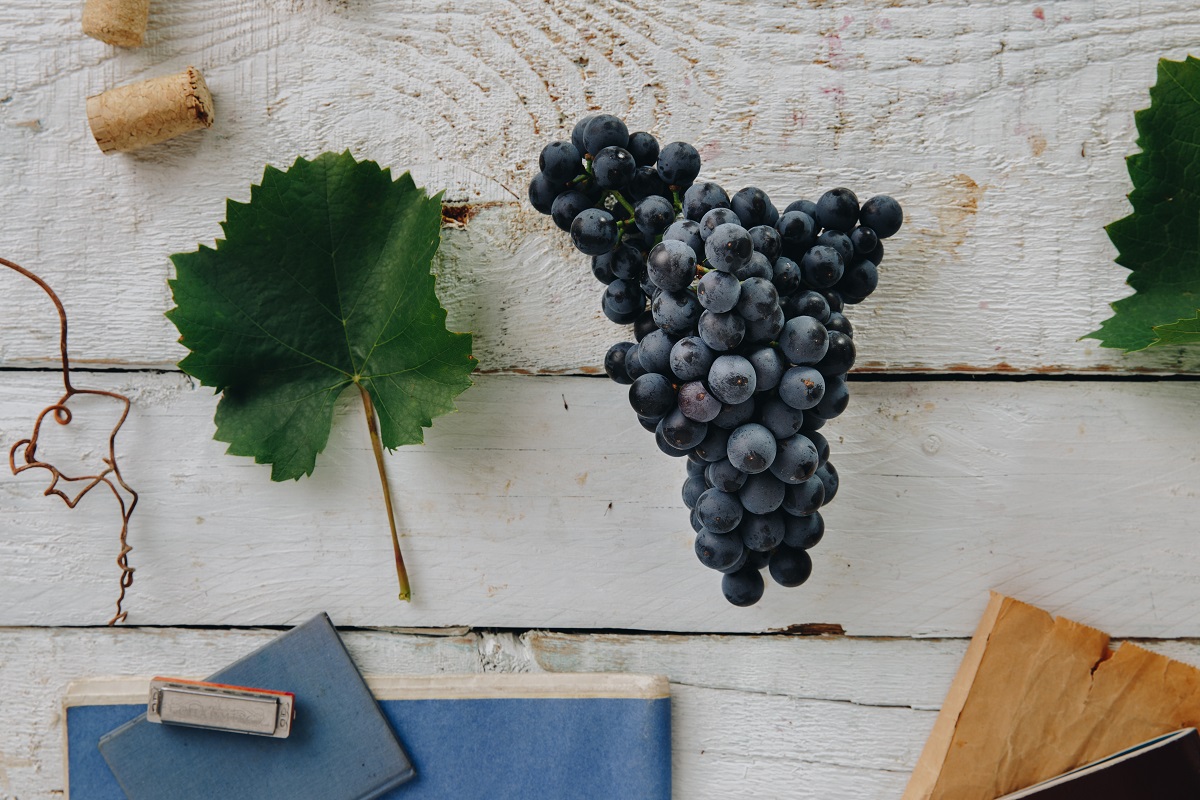ASZÚ
Tokaj Aszú is one of the world's oldest botrytized wines, with production dating back to the 16th century. The wine is made from grapes affected by noble rot (Botrytis cinerea), which concentrates the sugars and flavors in the grapes.The affected grapes, called "aszú berries," are harvested individually by hand, which is labor-intensive and time-consuming.
Cserszegi Fűszeres
Expressed as a floral variety, it carries floral, fresh grape, honey and perfume notes complemented by a distinct spicy tone, which originates from the variety. It is characterized by a light body, moderately lively acids and restrained alcohol, making it an everyday wine most of the time. Due to its distinct, fragrant nature, it can also be used as a mating partner, complementing other varieties.
Csóka
The wines made from it could be placed somewhere on the pinot noir, kadarka line, perhaps even in style the kékfrankos is not too far from it. In terms of its aroma, in addition to spices, it is characterized by cherries and cherries with fresh acids, restrained, soft tannins, pronounced alcohol and supplemented with a medium body.


